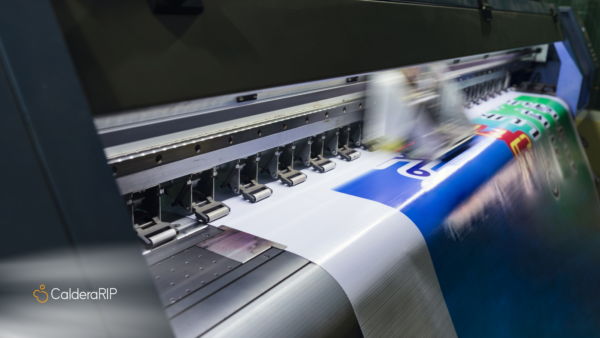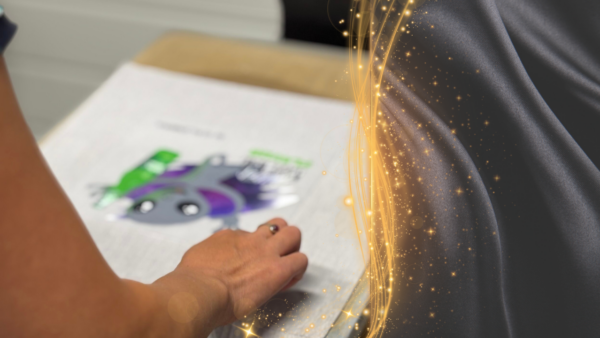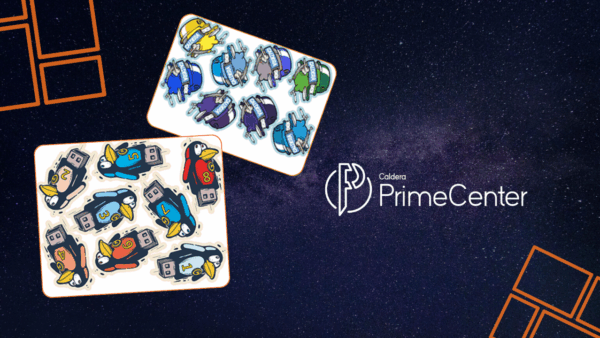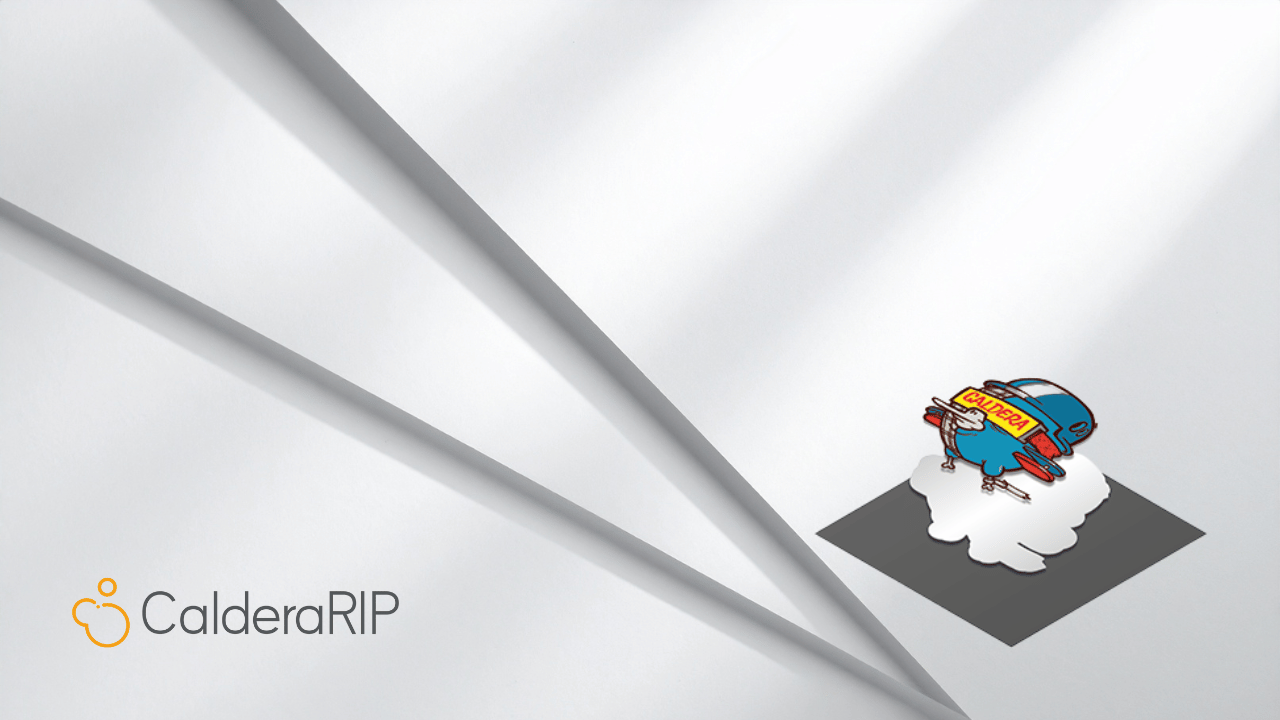
What is Multilayer Printing: One Image, Many Stories
September 15, 2025
Before exploring what multilayer printing is and whether it’s the right choice for you, consider this: Why do designers, printers, and businesses constantly pursue new and innovative ways to communicate visually? The answer is simple: tools and techniques are constantly evolving, and multilayer printing is a key part of this ongoing advancement. It plays an essential role as it represents a creative way of telling stories through images.
From signage to innovative packaging overlays, this technique opens new doors to your creativity and delivers results that directly match your needs.
In this article, we’ll explain what multilayer printing is, how it works, and why it’s considered an innovative approach that’s worth adopting. We’ll also talk about how CalderaRIP helps you achieve multilayer printing.
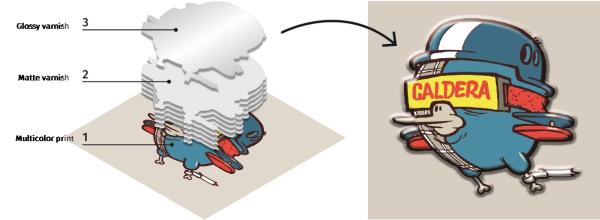
Table of contents
What is Multilayer Printing?
When painting, an artist applies multiple layers to his canvas, from the Gesso primer to the final varnish, to create a resistant, glossy finish. Each step is carefully and artistically executed to complete the painting and create special effects. Multilayer printing works in much the same way. This technique allows printers to layer different designs or content on top of one another.
Each layer serves a specific purpose: It can be color, white ink, varnish, or even variable images that change based on viewing angles. In this way, you can create special colors and effects that stay true to your brand. This technique is often used to creatively showcase a brand by revealing its story through layered designs.
To help you get a clearer picture, Caldera offers real examples that showcase how multilayer printing is used and why it’s so effective.
Scenarios Requiring Multilayer Techniques
1. A day/night backlit sign may display one image during daylight and another when lit from behind at night.
2. A window graphic might use layers for color, white ink, and clear varnish to create depth and contrast.
3. A label or packaging design may require overprint layers for texture or brand protection.
Instead of printing these elements as separate jobs, multilayer printing enables them to be combined into a single output in a harmonious way.
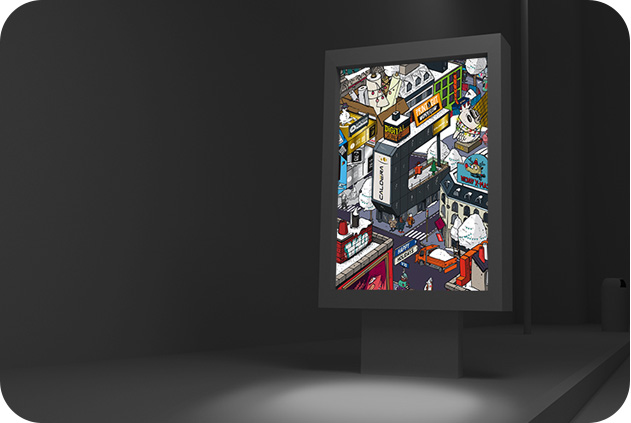

🖼️ By day, it’s art. By night, it’s magic.
This billboard isn’t just printed, it’s layered. At first, you see a beautiful city full of colors and activity.
But when the lights come on behind it, hidden details glow to life: like the “OPEN LATE” sign, festive messages or new visual appearances.
That’s what multilayer printing can do:
One image is printed on top, another hidden below, and a smart layer in between that controls what is displayed when the lights change.
One billboard, two stories: built to surprise, engage, and stand out.
The Power of Caldera’s Multilayer Feature
Caldera, a global leader in RIP software, launched its Multilayer feature in version 11.2 to transform how printers handle layered jobs. This new functionality lets users effortlessly configure and control multiple print layers within a single file, making the entire process faster, more precise, and flexible.
Key Benefits of Caldera Multilayer Feature
- One Easy Step, Many Cool Layers: Put different parts of your picture, like colors, white, and special effects, together all at once. Make your design look special and colorful with one single tool.
- Perfectly Aligned: All the layers you’ve chosen line up accurately if you’ve used the right configuration. Your images will look clean and nothing gets messed up or wasted in the process.
- Flexible Solutions: Multilayer supports different types of applications, from backlit displays and double-sided printing to realistic texture effects.
Caldera Multilayer is especially valuable for roll-to-roll and flatbed printers that require layered outputs across different media types.
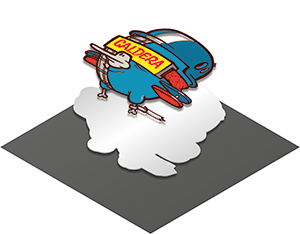
Inside the Multilayer Feature: What CalderaRIP Offers
The Multilayer feature is available at the bottom of the Print Module in CalderaRIP.
When using this section, you can select the layer, delete it, or manage it, depending on the printer you are using.
You will also find a customizable section in which you can change the order of your layers.
Not only this, but CalderaRIP allows you to edit the properties of your layer.
You can also add a single layer or a layer with a predefined configuration. Each layer will have a specific ID for a better job management.
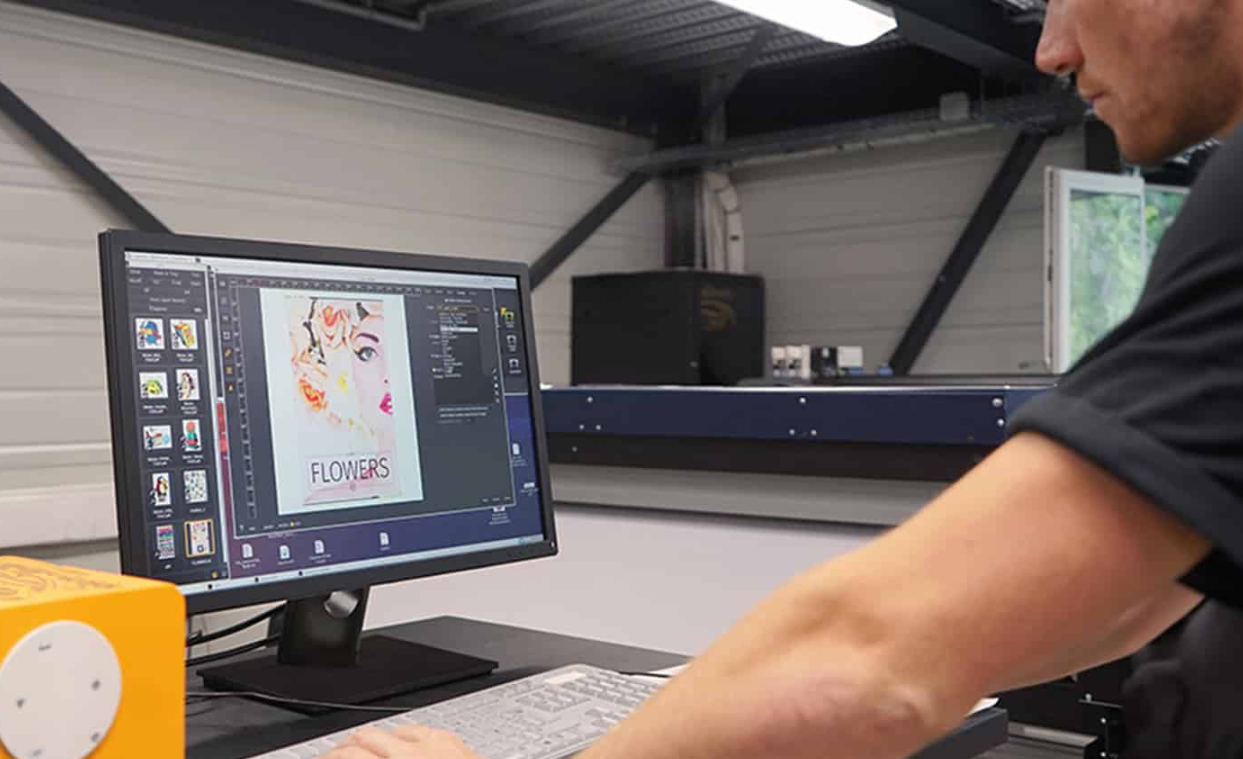
What to Watch Out for When Using Multilayer Printing
Every well-functioning tool comes with specific conditions and criteria. To make the best out of the Multilayer method, Caldera advises you to take into consideration these points:
- To use the Multilayer method, you have to check your printer’s capacities and whether or not you’re limited in the number of layers or configurations.
- All the images you use in a multilayer image need to be identical in dimensions to ensure compatibility and coherence.
- Make sure your layers do not have any images missing.
As soon as you understand these rules, they quickly make sense, and you start applying them more easily.
Time to Bring Some Extra Layers to your Images
Now it’s YOUR turn to tell unique stories with your pictures using multilayer printing. With CalderaRIP, you can easily set up different layers to create cool effects and make your images stand out.
You’re the boss of your layers: decide how each layer looks and control your final piece.
Keep in mind that this type of art also relies on your printer and the specific layer settings you have selected.
With the right printer and settings, watch your stories come to life, layer by layer.
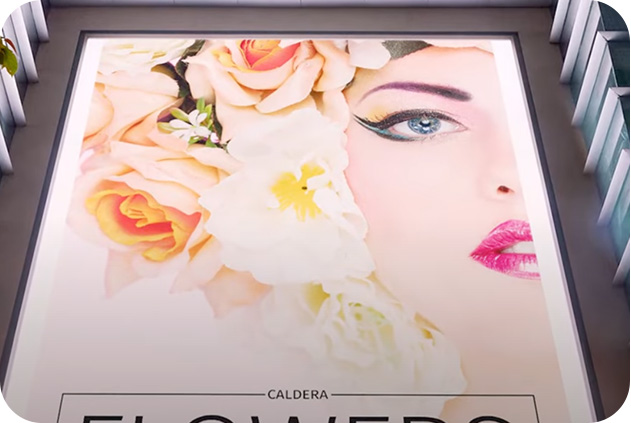
Experience the power of CalderaRIP
You want to give CalderaRIP a try? Contact us via the link below.
Related articles
